.png)


Starting January 1, 2026, we’re replacing credits with Makeup Tokens—a simpler, fairer way to make up missed classes.
Read more



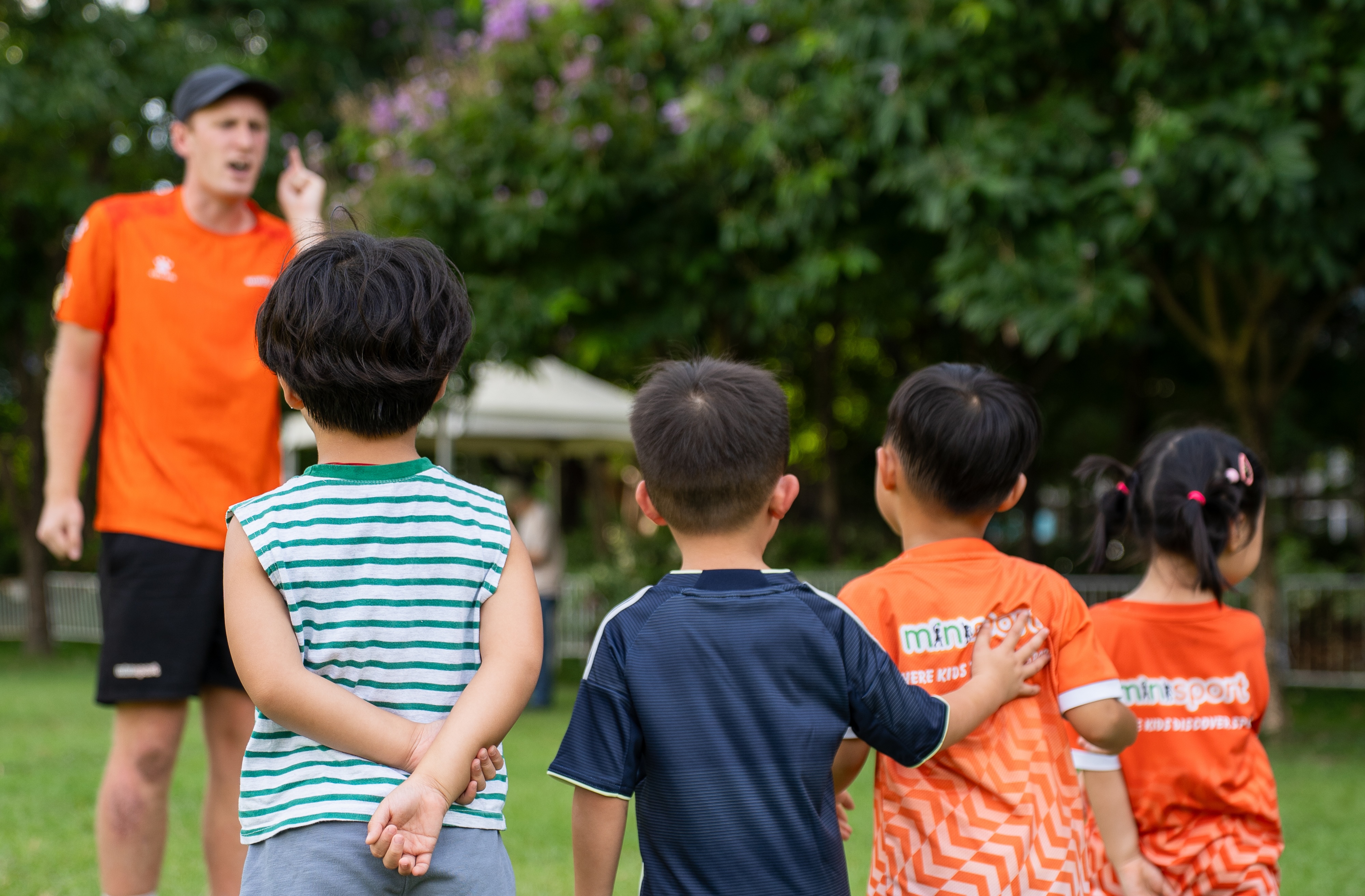
Introducing structured, play-based multi-sport programs as early as 1.5 years old builds foundational motor skills, confidence, and positive associations with physical activity—setting the stage for lifelong engagement. At Minisport, our evidence-backed Playgroup prioritizes familiarisation over performance, with active guardian participation unlocking the full developmental benefits.
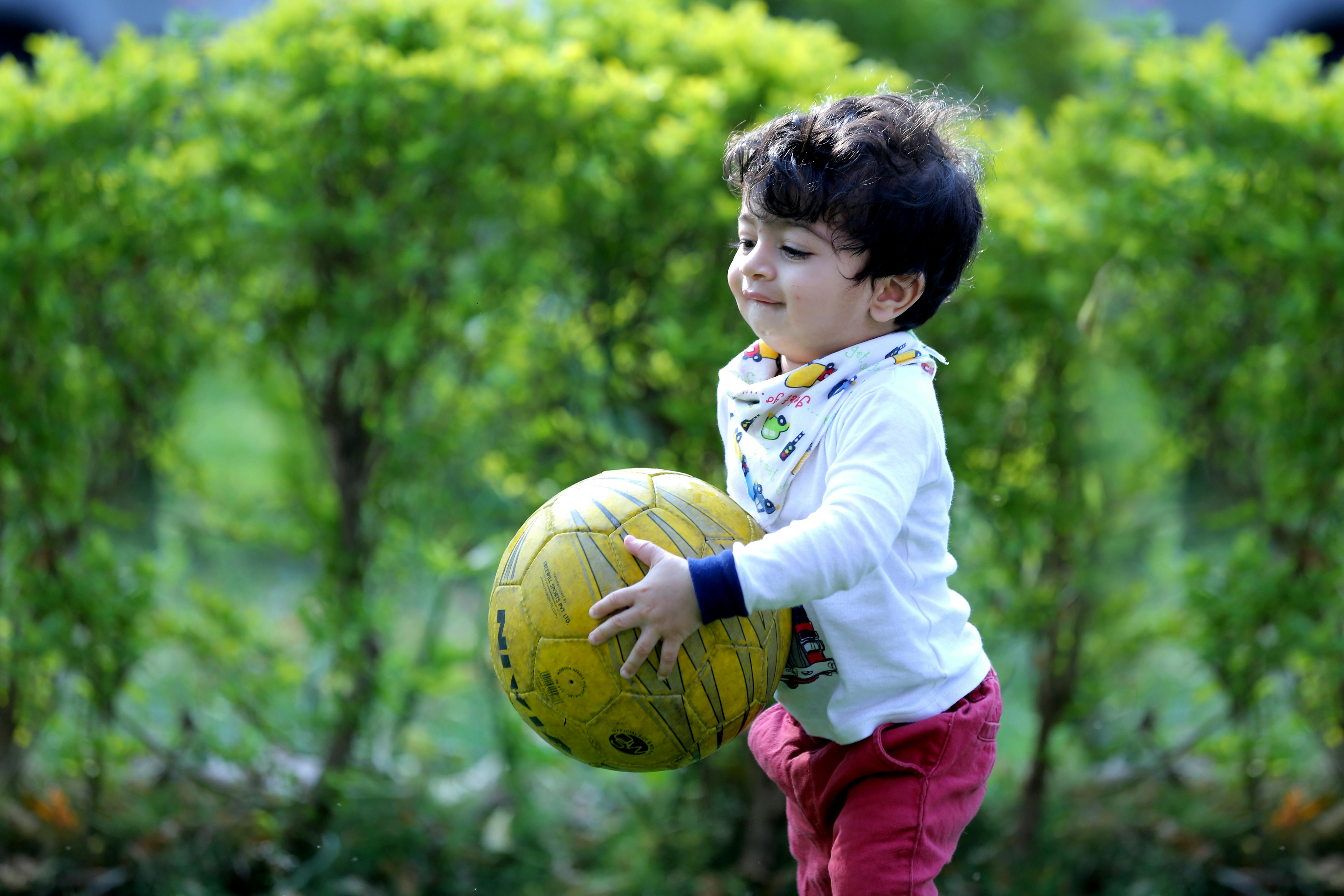
As parents, we’re constantly seeking the best developmental opportunities for our children. While traditional wisdom once suggested waiting until age 4 or 5 to introduce organized sports, emerging research tells a different story.
Starting children in structured, play-based multi-sport programs as early as 1.5 years old can unlock significant developmental benefits—provided the environment is nurturing, the coaching is quality-focused, and parents actively participate in the process.
At Minisport, our Playgroup program is designed with this evidence-based approach at its core. Here’s what you need to know about why starting early matters—and how our program maximizes your child’s developmental potential.
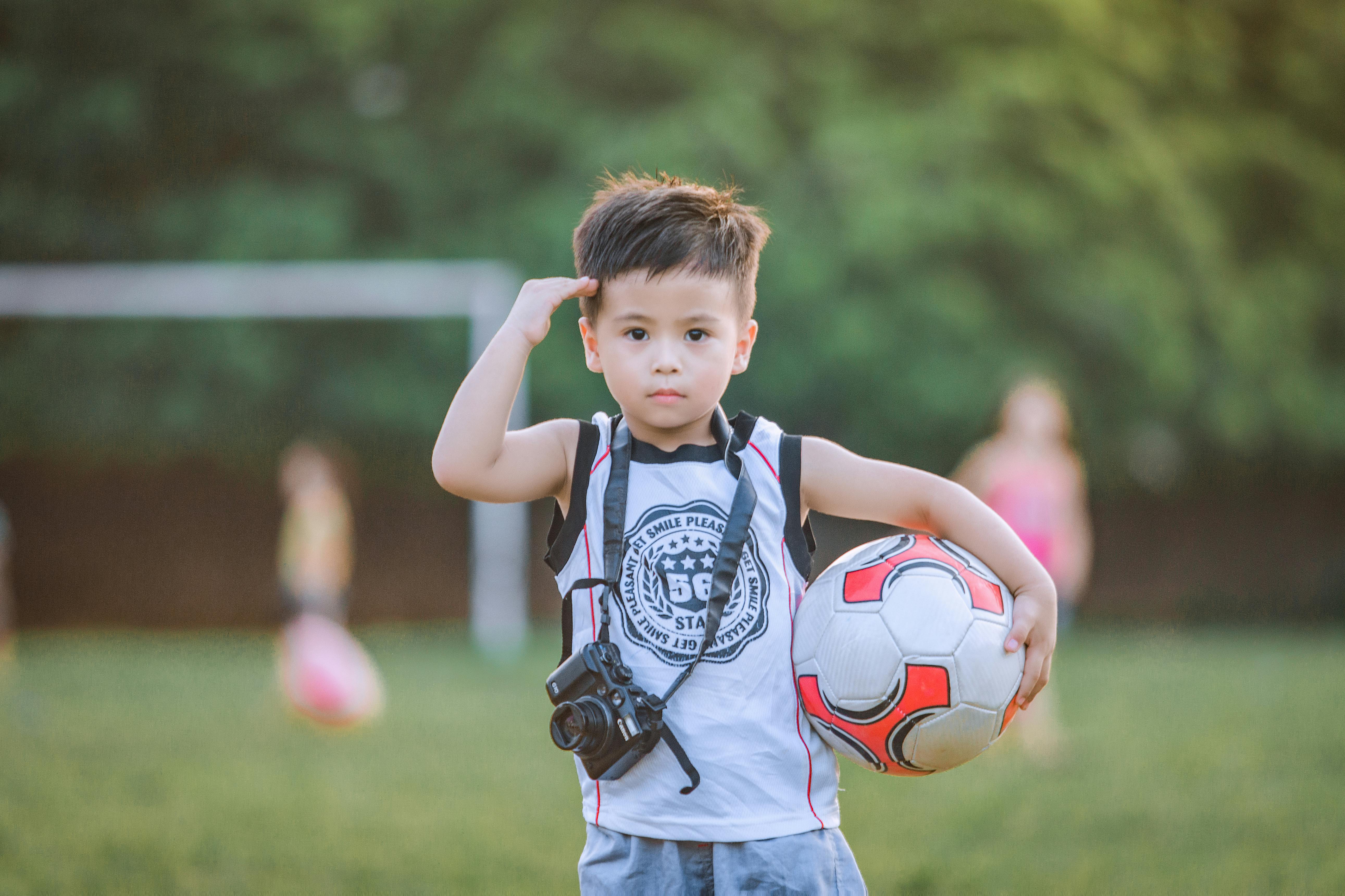
Between 18 months and 2.5 years, children’s brains are experiencing rapid neurological development. This is a prime window for establishing foundational motor skills—the building blocks for all future athletic ability, coordination, and body confidence.
Research from the American Academy of Pediatrics emphasizes that early exposure to varied movement experiences during this period creates stronger neural pathways for motor learning. Dr. John Ratey’s work on movement and brain development shows that physical activity during early childhood directly correlates with improved cognitive function, emotional regulation, and social development.
Key Finding: Children who engage in structured, varied movement experiences before age 3 demonstrate:

While motor skills are crucial, the benefits extend far deeper. Early sport exposure in a supportive environment builds:

Here’s something crucial to understand about Playgroup: we’re not trying to develop the next Messi or Ronaldo at age 2.
At this developmental stage, the focus isn’t on mastering sport skills. It’s on something far more foundational—and far more valuable for long-term engagement:
Familiarisation with equipment, comfort in a sports class setting, and building positive associations with movement and play.
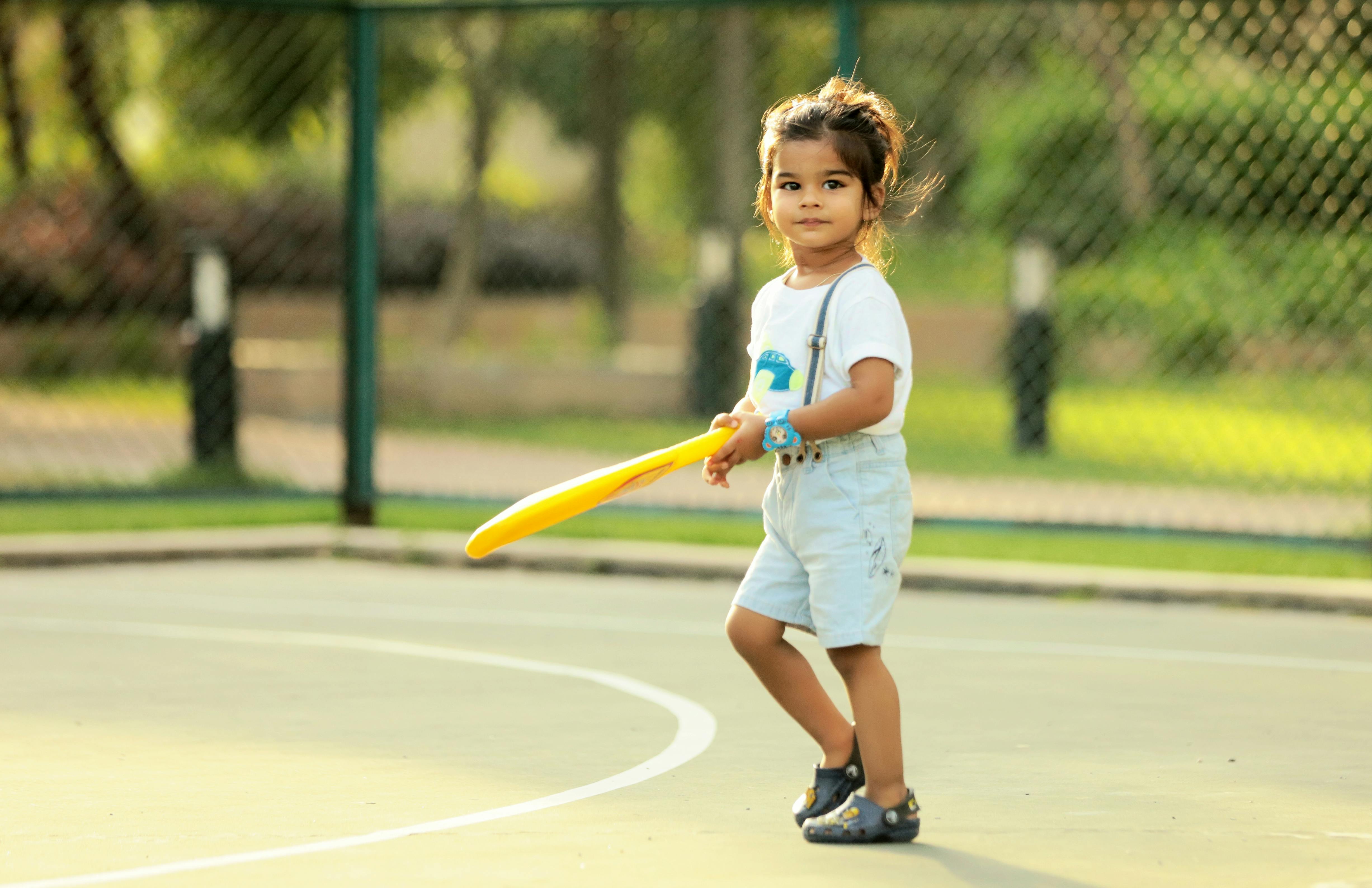
Think about it this way: a 1.5-year-old picking up a tennis racket for the first time isn’t learning “proper tennis technique.” They’re learning that rackets are objects they can hold, swing, and explore. They’re discovering that a ball responds when they hit it. They’re experiencing the novelty and joy of interaction with equipment in a structured, supportive environment.
This might sound simple—but the research backing this approach is compelling.
Studies in sports psychology and early childhood development show that early familiarisation with equipment and sports environments creates neural associations that predict long-term physical activity engagement. Children who are comfortable handling different balls, implements, and equipment—and who feel safe and welcomed in a sports class setting—develop what researchers call positive sport-related attachments.
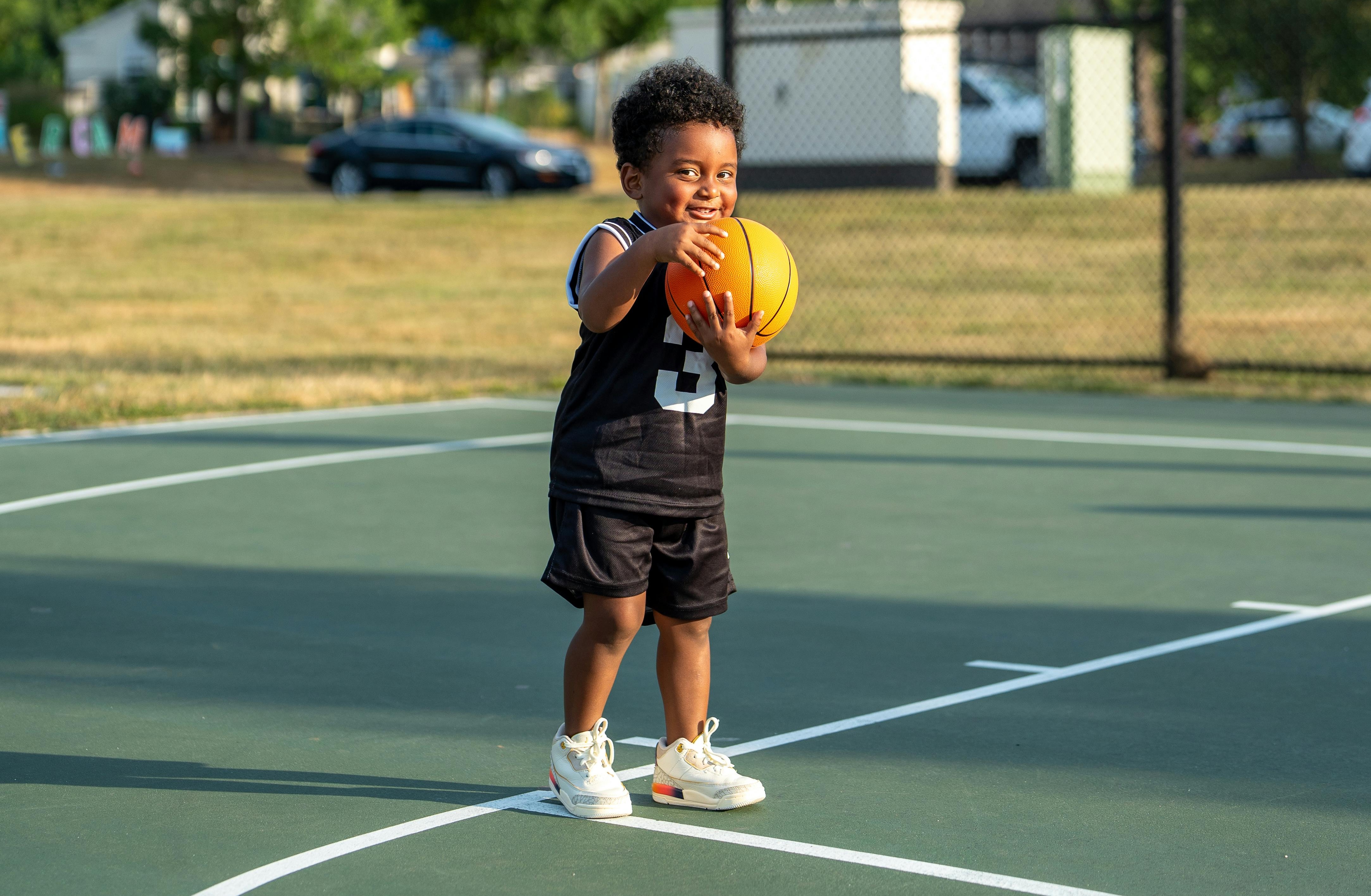
A landmark longitudinal study by Telama et al. (2006) followed children from ages 3–27 and found that early exposure to varied physical activities and equipment was the strongest predictor of physical activity levels in adulthood—more predictive than innate athletic ability or parental encouragement alone.
Why? Because familiarisation creates comfort. Comfort creates confidence. And confidence creates the willingness to try, explore, and eventually engage more deeply.
When your child has spent 20 Playgroup sessions handling a soccer ball, basketball, hockey stick, tennis racket, and cricket bat in a fun, pressure-free environment, they’re not just learning motor skills. They’re building a mental library:
“Sports equipment is familiar. Sports class is a safe, fun place. I belong here.”
Fast-forward to age 6, 10, or 15: when a coach introduces a new sport or skill, your child doesn’t experience the same anxiety or hesitation as a peer who’s never held a racket or been in a structured sports setting. The environment feels familiar. The equipment feels normal. The social dynamics feel manageable.
This familiarity is transformative.
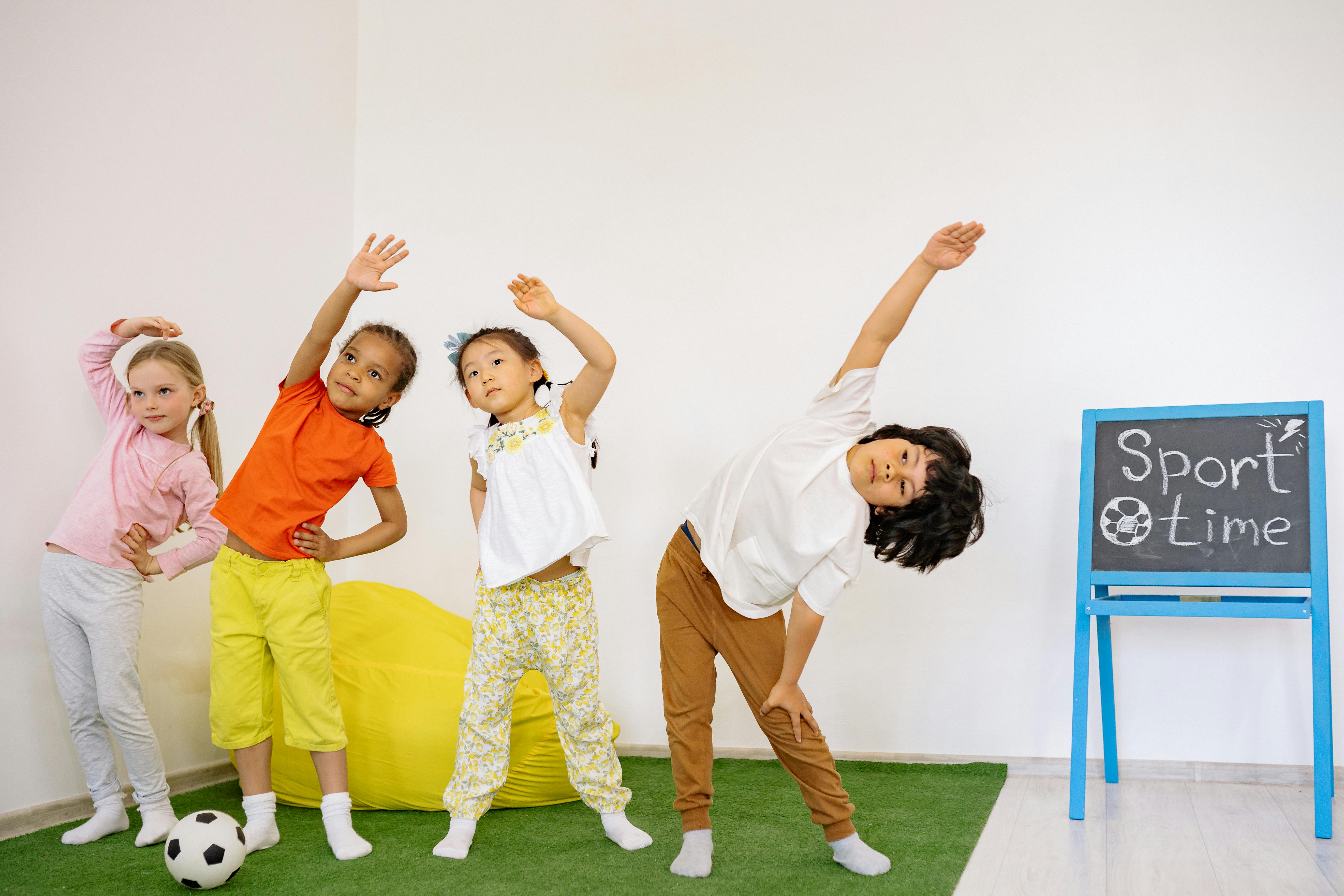
Beyond equipment, familiarisation with the sports class environment itself is equally important.
At 1.5–2.5 years, children are still developing their understanding of social contexts. A sports class has its own rhythms, expectations, and social dynamics:
Each of these elements is novel for a toddler. Repeated exposure in a positive, supportive context builds what developmental psychologists call contextual comfort—the ability to feel secure and engaged in a specific type of social and physical setting.
Research from the American Psychological Association on environmental familiarity shows that children who are repeatedly exposed to a particular setting in positive contexts develop stronger engagement and lower anxiety in similar settings later.
In practical terms: your child who’s spent a term in Playgroup will feel more confident walking into a sports class at age 5 than a peer who’s never experienced one.
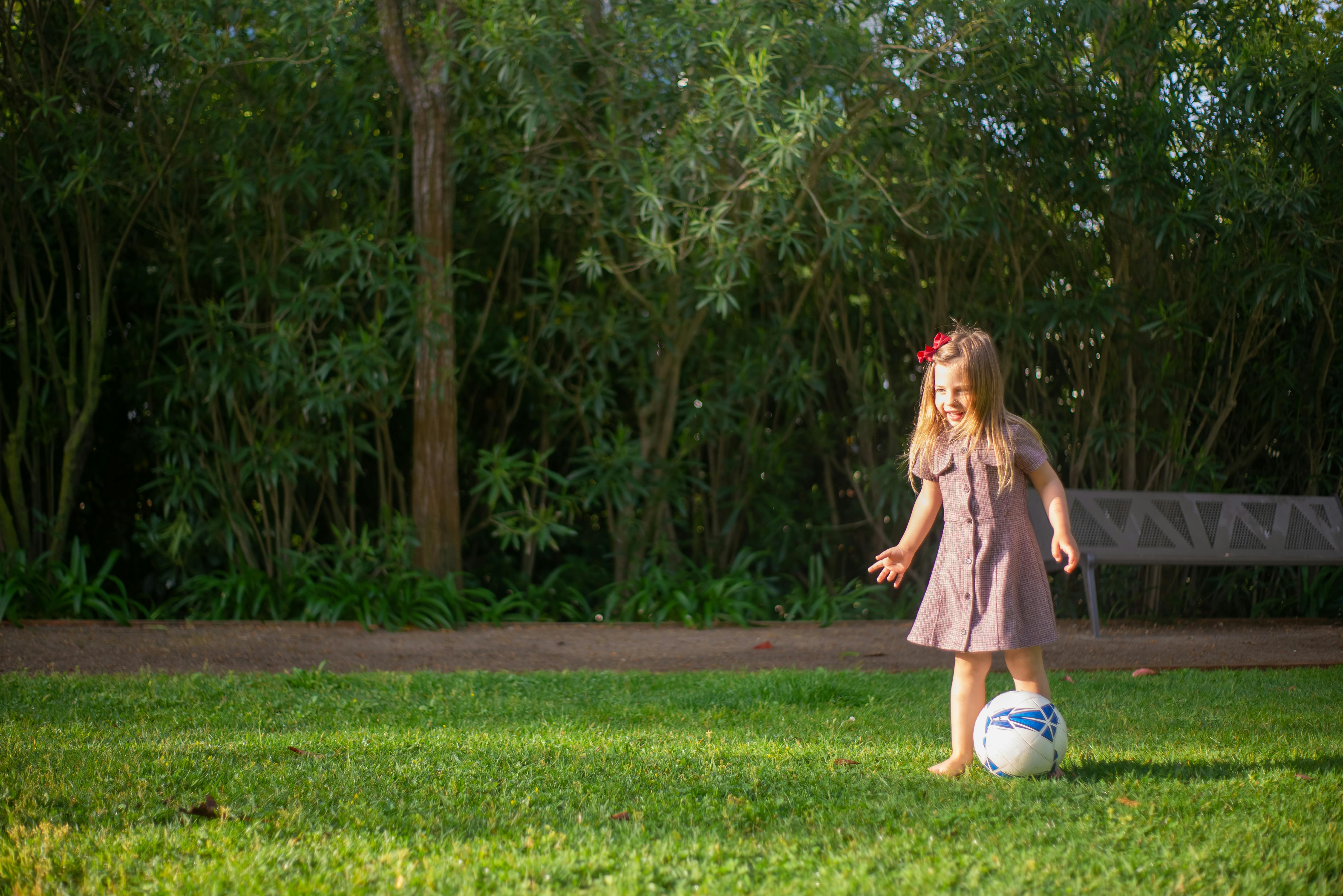
Our Playgroup program introduces children to six distinct sports across the term, rotating bi-weekly:
Rather than specializing in one sport (which research suggests is premature at this age), our multi-sport model exposes children to varied equipment, movement patterns, and spatial demands. This breadth of familiarisation creates adaptable, confident movers who feel at home in a sports environment—regardless of which sport they eventually choose to pursue.
The goal isn’t expertise. It’s comfort, curiosity, and positive association.
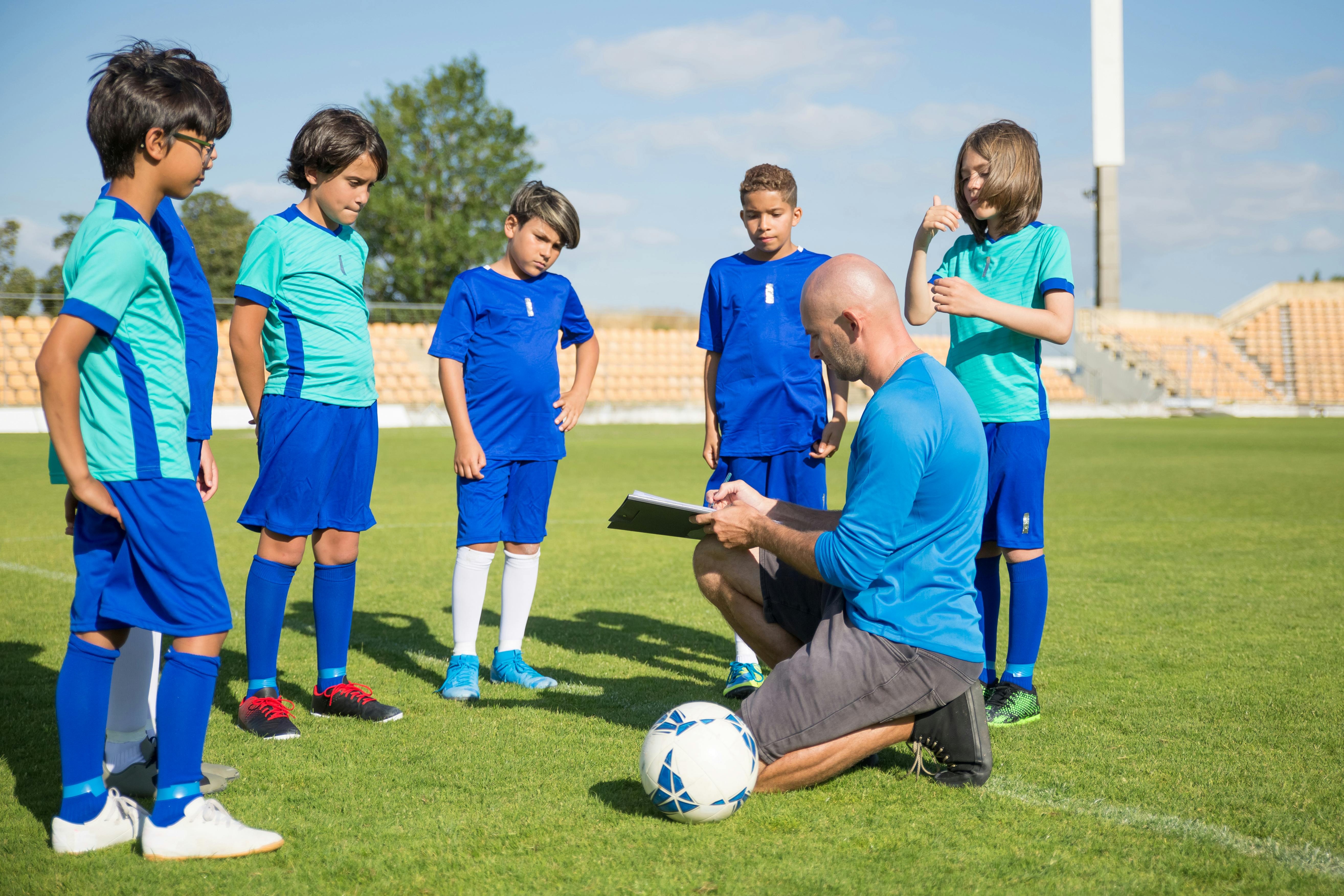
Our Playgroup coaches use play-based pedagogy—not rigid instruction. Sessions are structured around the principle that 1.5- to 2.5-year-olds learn through play, exploration, and imitation, not formal drills.
Key coaching principles we employ:

At this developmental stage, equipment design and environmental consistency matter enormously. Our Playgroup uses:
The consistency of environment is particularly important. When your child returns to the same venue, with the same coaches, and similar equipment week after week, they’re building familiarity and ownership. They know where things are. They know what to expect. They feel like they belong.

Here’s a truth that separates transformative programs from mediocre ones: Playgroup success depends on active guardian participation.
This isn’t about hovering or over-directing. Rather, it’s about:
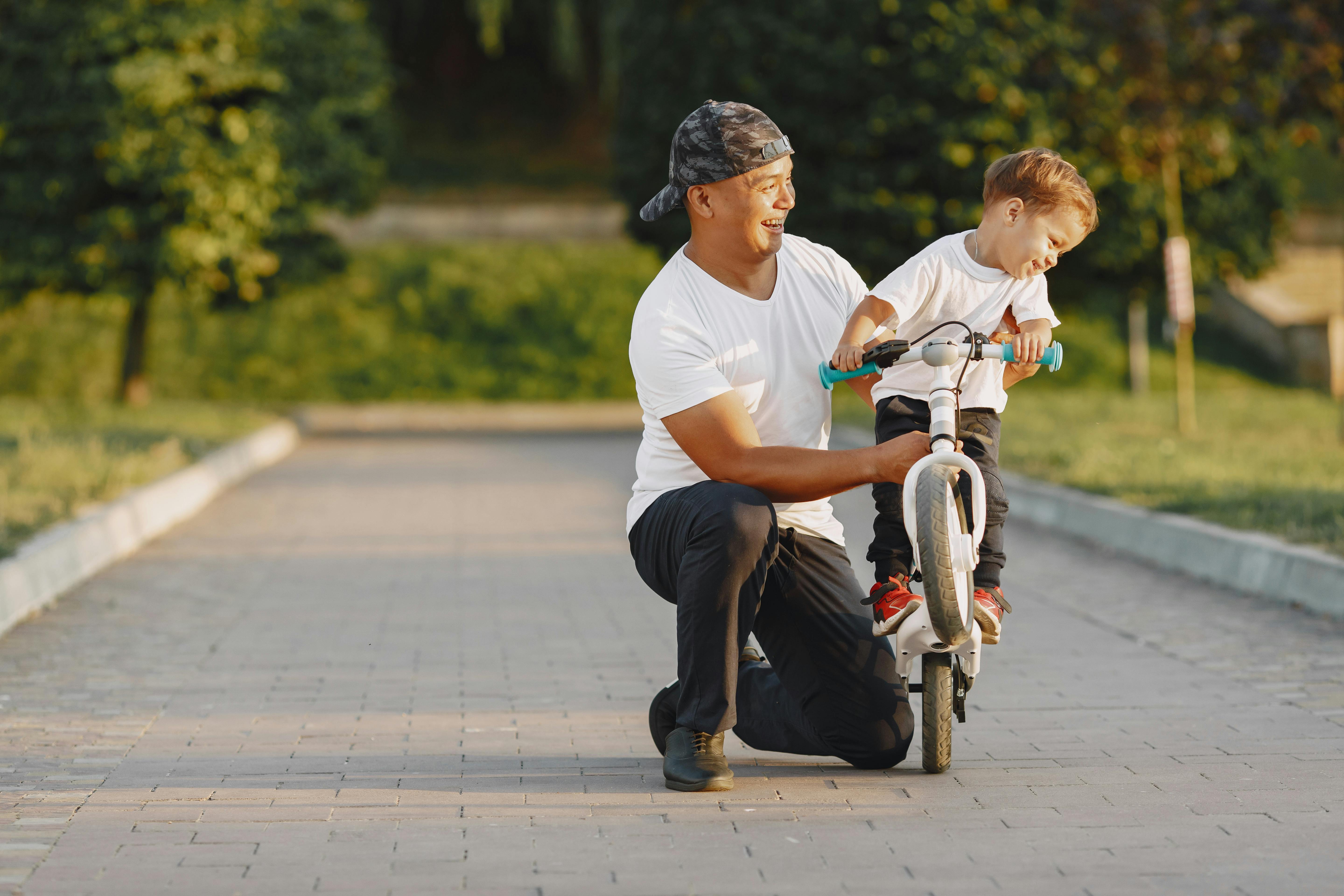
Studies on parental involvement in early childhood programs show:
When guardians actively participate, children develop what psychologists call secure base behavior—the confidence to explore and take risks because they know their trusted adult is present and supportive.
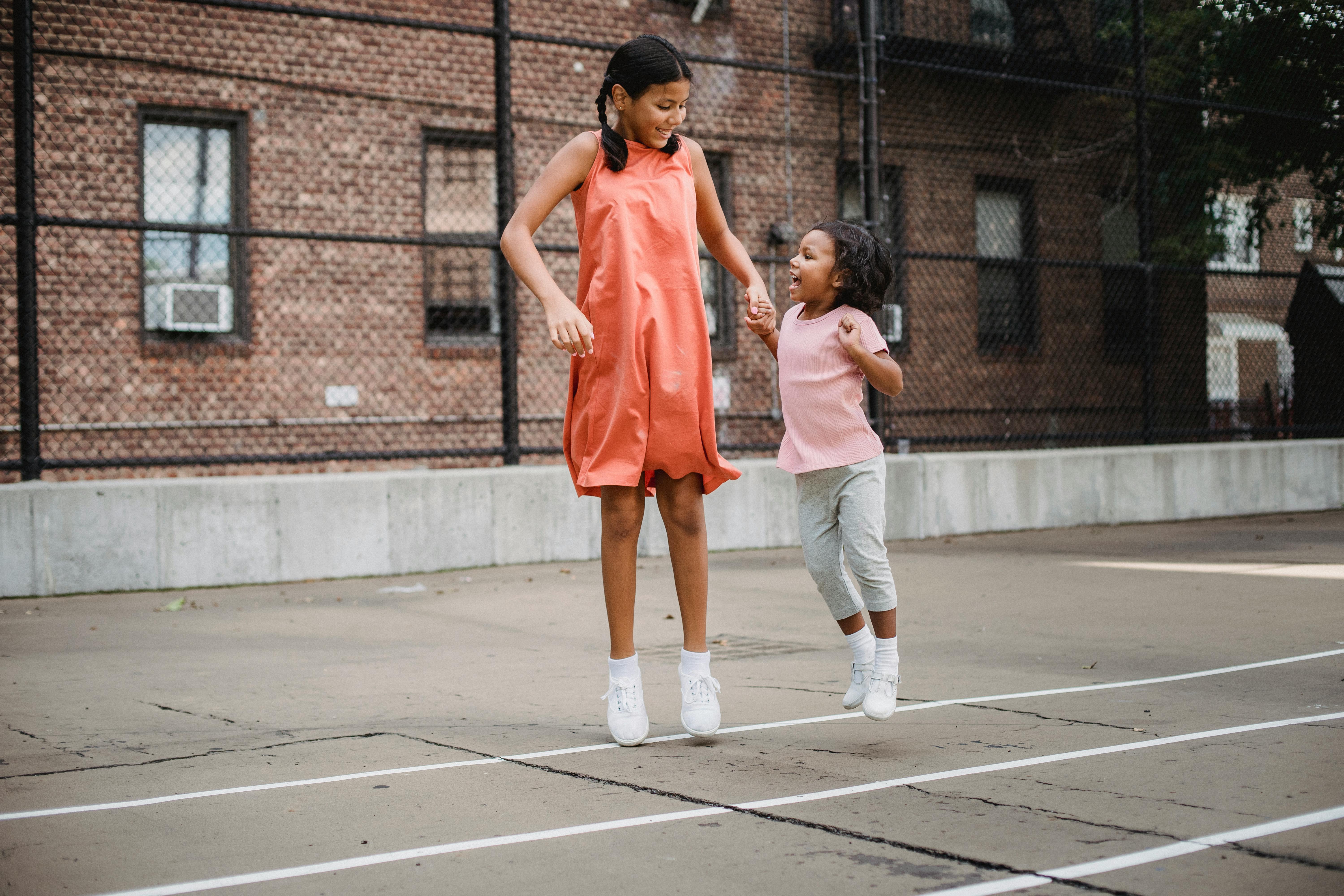
Our Playgroup systematically develops:
By age 2.5, children in our program demonstrate significantly improved balance, agility, and movement confidence compared to peers without structured exposure.

This is where Playgroup truly shines at this age. Rather than focusing on “sport skill,” we emphasize comfortable, playful exploration of equipment:
The beauty of this approach is that your child isn’t learning “proper tennis technique” at 2 years old. They’re learning “tennis equipment is fun and familiar.” That’s the real win.
Research from Côté and colleagues on the Developmental Model of Sport Participation emphasizes that early childhood (ages 0–6) should focus on sampling activities rather than specialization. Children who explore multiple sports and equipment types develop:
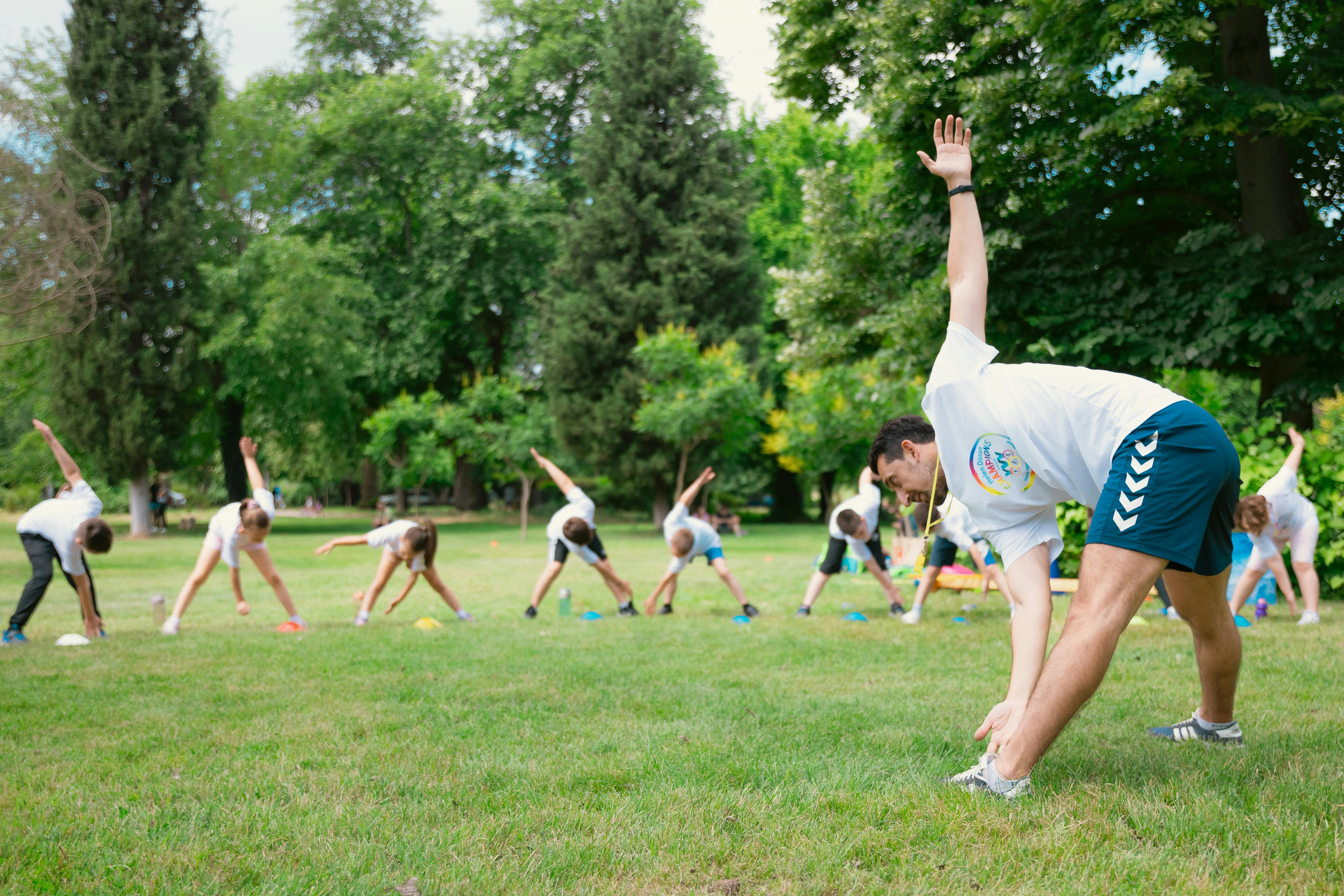
An often-overlooked benefit: active, engaging class settings accelerate language development.
Research from Dr. Lise Eliot on early brain development shows that multi-sensory, active learning environments (like our Playgroup) produce stronger language gains than passive instruction. The combination of movement, social interaction, and verbal instruction creates multiple neural pathways for language acquisition.

Throughout the session, coaches provide individualized encouragement and observe each child’s emerging strengths—whether that’s persistence when trying a new skill, creativity in how they use equipment, or teamwork in sharing with peers.
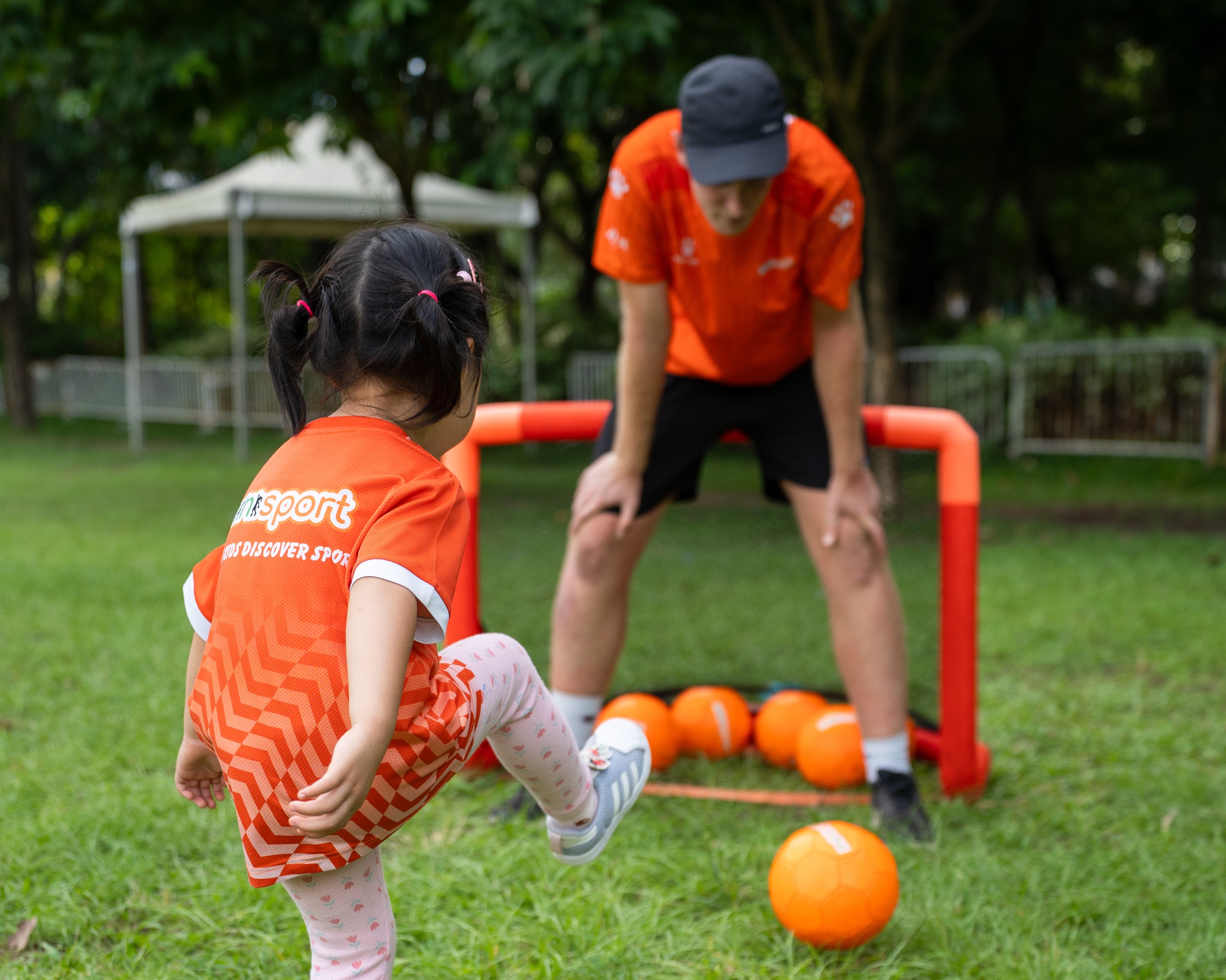
The psychological concept of classical conditioning applies powerfully to early sport experiences. When children repeatedly experience sports environments as:
…they develop deep, positive associations with physical activity that persist throughout life.
Conversely, children whose first sport experiences involve pressure, comparison, or negative feedback often develop sport anxiety that’s difficult to overcome later.
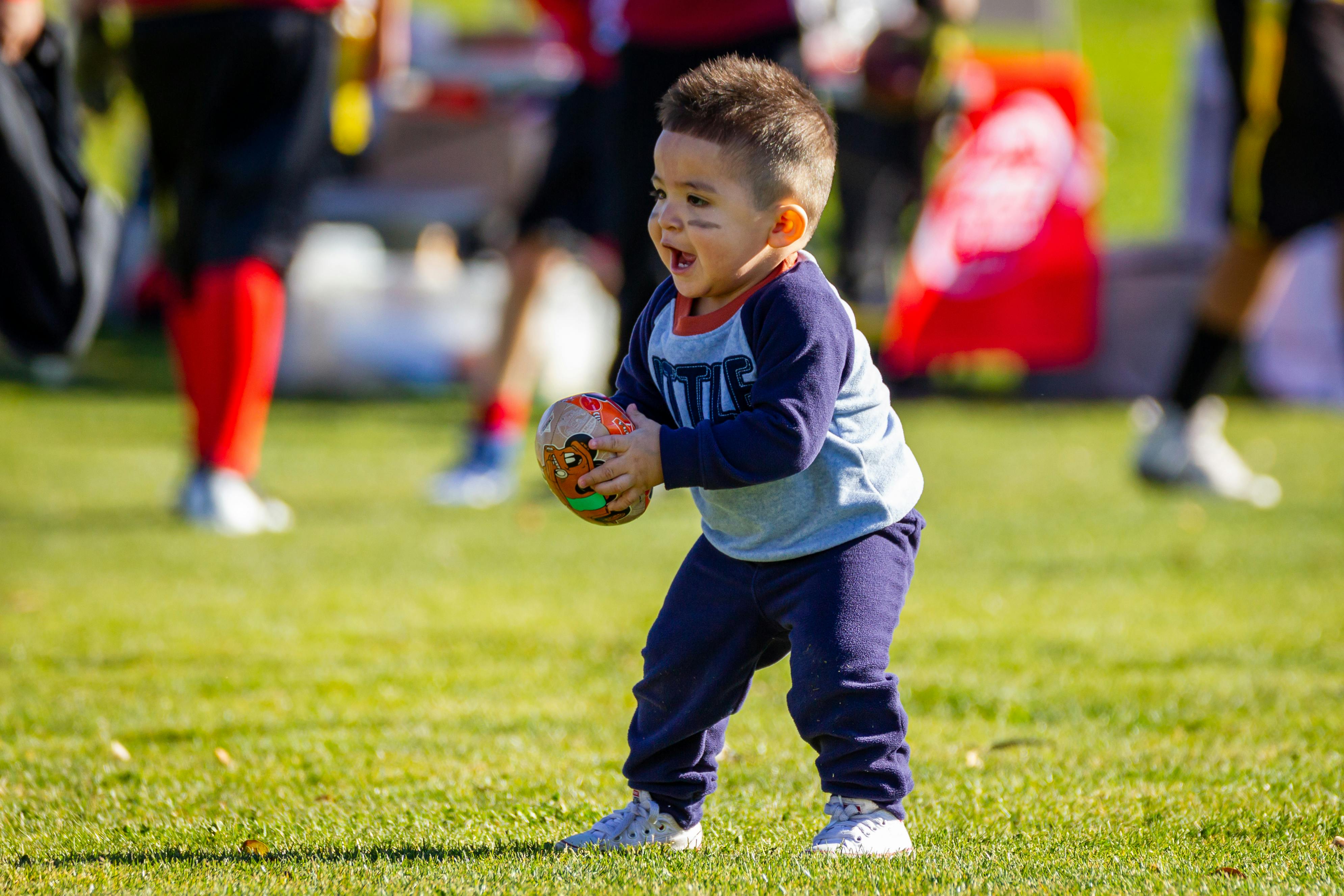
Early familiarisation creates what we call a confidence cascade:
This cascade doesn’t happen overnight—it’s built through consistent, positive exposure over weeks and months. That’s why regular attendance matters so much at this age.
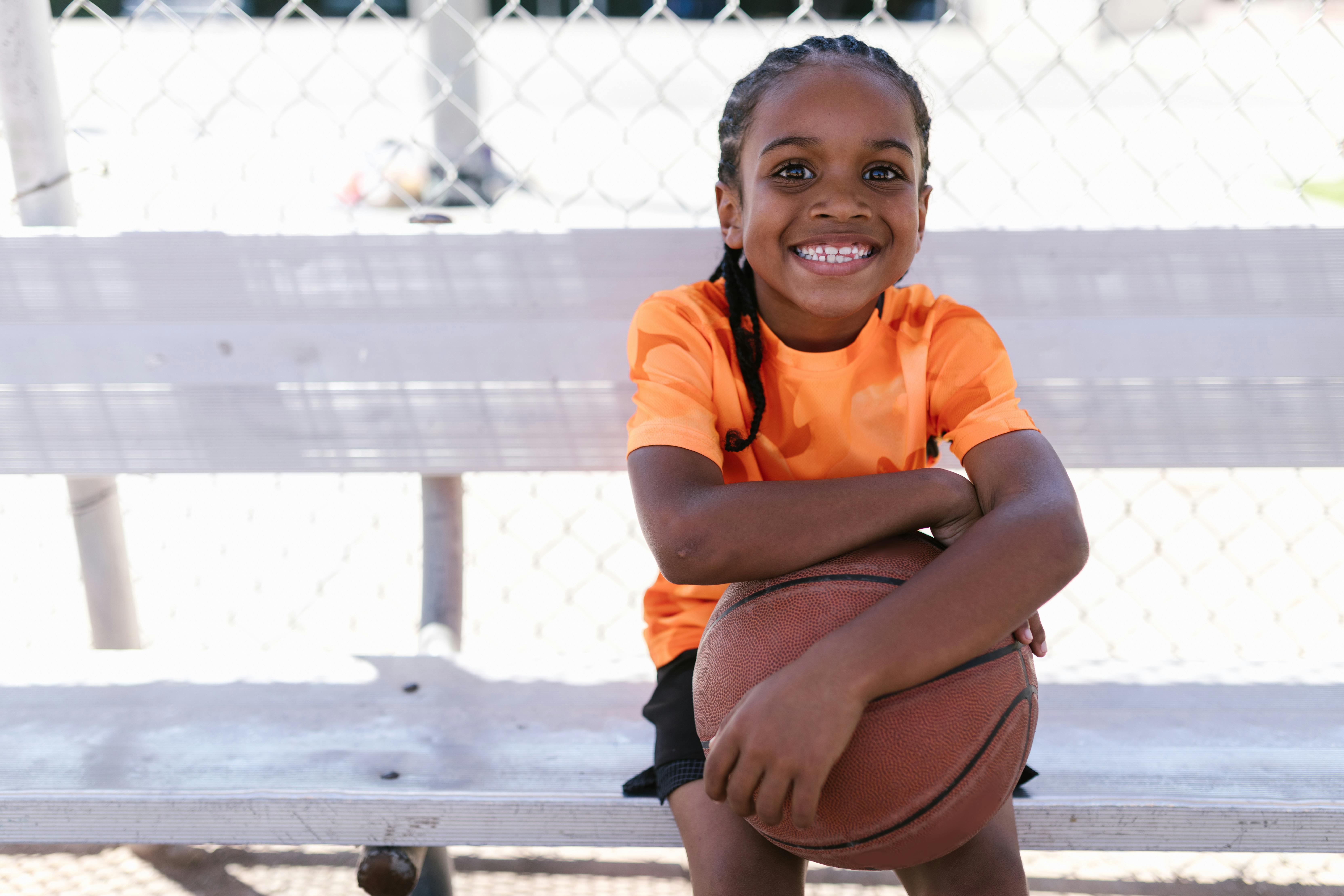
Multiple longitudinal studies support the value of early, varied sport exposure:
The message is clear: what happens at 1.5–2.5 years matters. Not because we’re creating elite athletes, but because we’re creating confident, comfortable movers who see sport as a natural, enjoyable part of life.

A: Absolutely! At this age, free exploration of equipment is just as valuable—if not more so—than structured instruction. Your child is building familiarity and comfort in their own way. Our coaches balance structured activities with exploration time for exactly this reason.
A: This is completely normal and expected. Your active participation is crucial here—your presence provides the secure base they need to gradually explore. Many children spend the first few sessions observing before fully engaging. That’s not wasted time; they’re building familiarity and comfort at their own pace.
A: Progress at this age looks different than at older ages. Watch for: increased comfort handling equipment, longer engagement with activities, more willingness to try new movements, improved balance and coordination, and growing confidence in the class setting. These are all significant developmental wins.
A: Yes, but keep it playful! Simple 10-minute sessions where you roll balls, practice gentle throwing and catching, or let your child explore equipment freely will reinforce class learning. The key is to maintain the same positive, pressure-free approach.
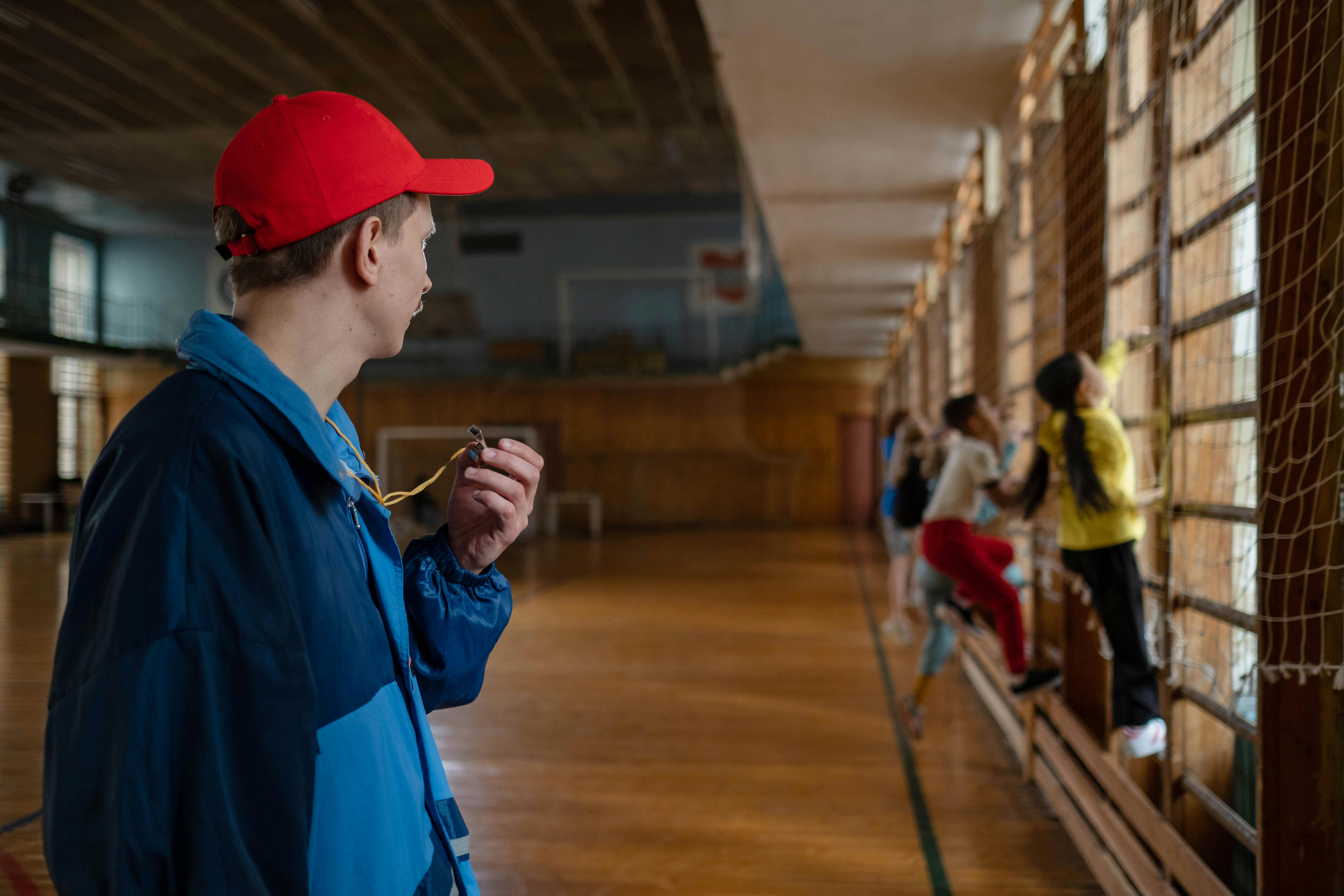
If you’re ready to give your child this developmental advantage:
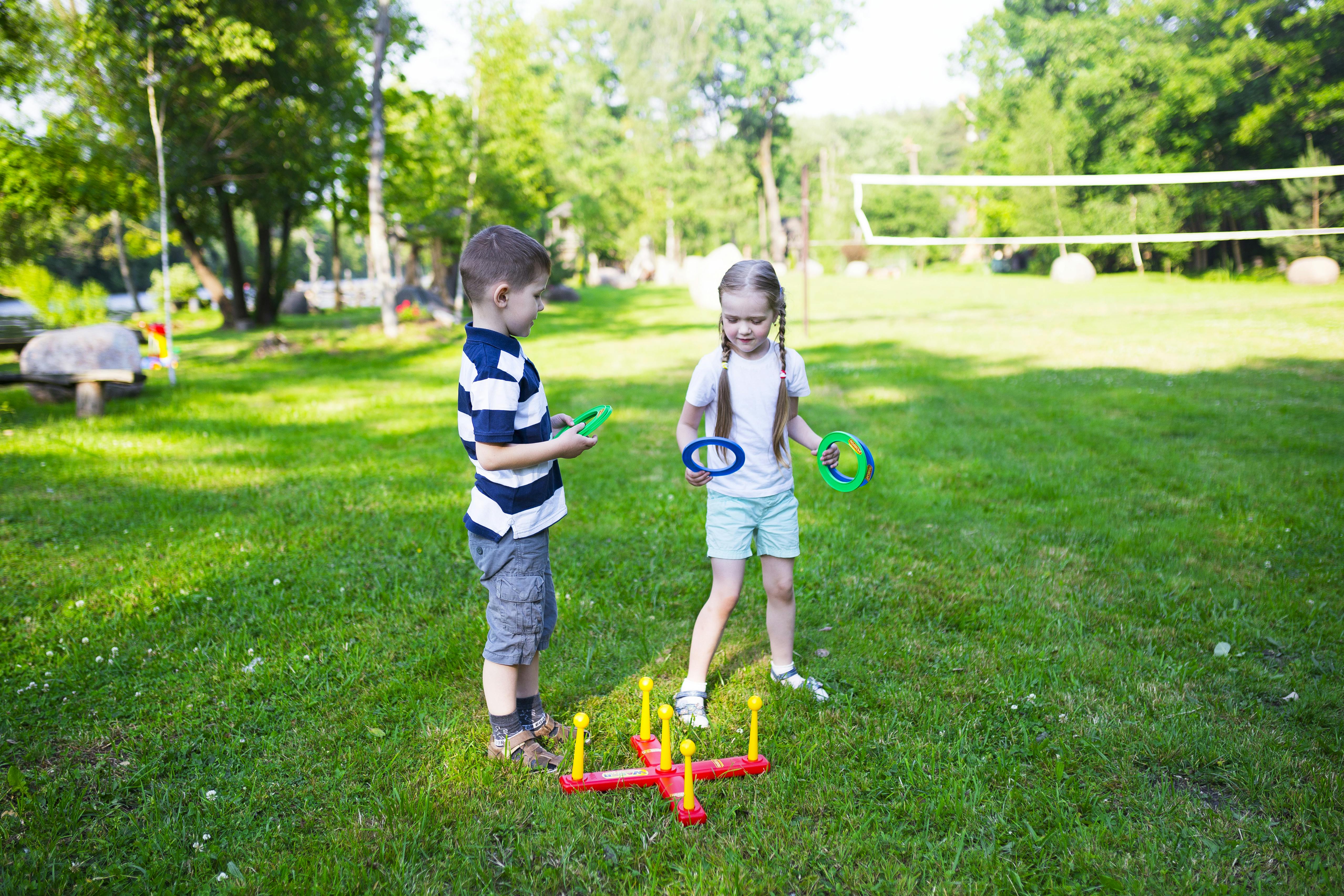
The question isn’t really “Is my child ready for sport at 1.5?”
The better question is: “Am I ready to actively support my child’s movement exploration and equipment familiarisation?”
When you answer yes—and engage alongside your child—the benefits extend far beyond sport. You’re building a foundation for confidence, resilience, joy in movement, and a lifelong relationship with physical activity. You’re creating positive associations with sports environments that will serve your child for decades to come.
Remember: we’re not creating the next Messi or Ronaldo.
We’re creating confident, comfortable movers who see sports equipment as familiar friends and sports classes as safe, fun places where they belong.
That’s the Minisport Playgroup promise.
Since 2012, Minisport has been pioneering multi-sport programs for young children across Asia. Our evidence-based approach combines quality coaching, thoughtful pedagogy, and active guardian participation to unlock each child’s potential.
Learn more at www.minisport.hk

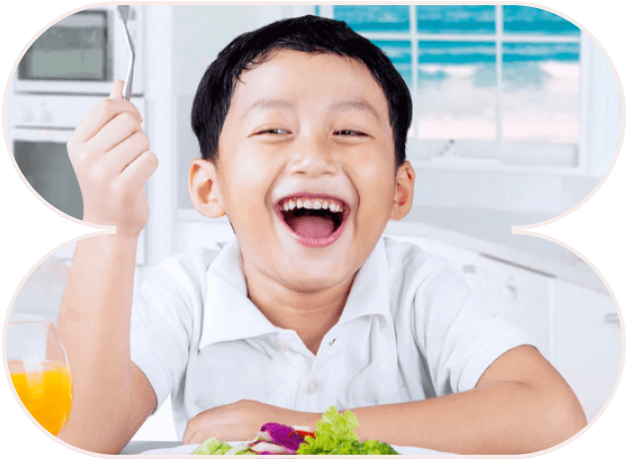
.png)

.png)


